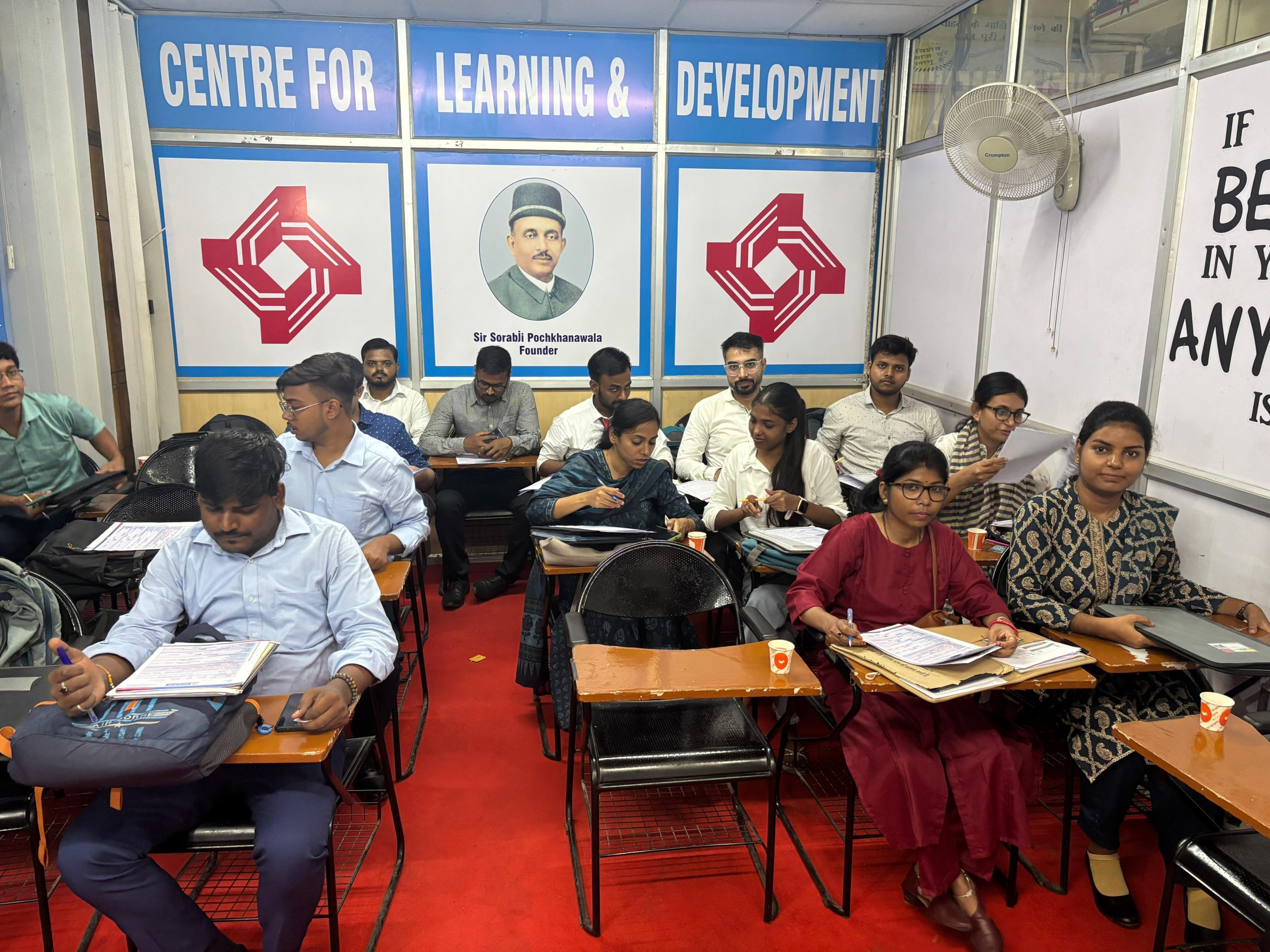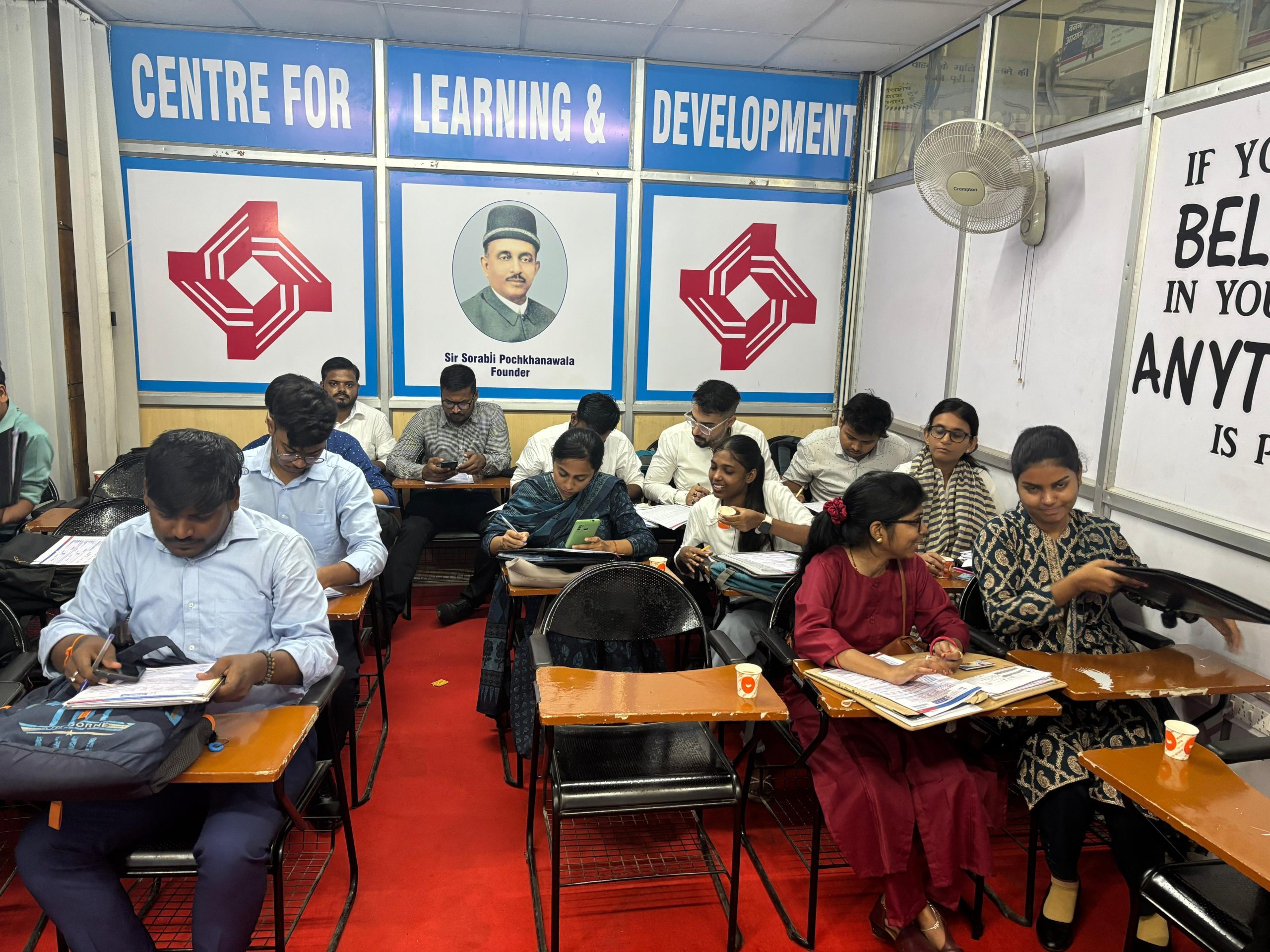Transforming Recruitment- Onboarding With Digital Solution – Central Bank of India

Transforming Recruitment – Onboarding with Digital Solution
Problem
- Delays in joining due to documentation, verification, and approvals, causing frustration and dropouts.
- Weak first impressions reduce trust, morale, and early engagement of recruits.
- Complex documentation and compliance requirements overwhelm new hires.
- Slow role readiness, with recruits taking months to perform effectively.
- Lack of career path clarity leading to disengagement and attrition.
Solution
- Structured process with checks by First & Second Enabler to ensure compliance and timely initiation.
- Transparent job descriptions and wide publicity via official portals to attract diverse candidates.
- ·Digital/physical screening with standardised criteria for fairness and efficiency.
- Written tests, group discussions, and interviews for merit-based evaluation.
- Document verification, medical checks, final approvals, and structured induction.
Outcomes
- Timely recruitment cycles (3–4 months), reducing operational disruptions.
- Higher transparency with two-level enabler checks ensuring fairness.
- Improved candidate quality through structured assessments and cultural alignment.
- Higher joining rates due to simplified onboarding and positive candidate experience.
- Full ompliance with reservation norms, policies, and regulatory requirements.
Challenges
- High application volumes are creating delays in screening and shortlisting.
- Frequent document discrepancies require extra scrutiny and delay merit lists.
- Limited digital infrastructure forcing reliance on manual processes.
- Candidate dropouts due to long timelines or better opportunities elsewhere.
- Ensuring compliance with reservation norms and transparency, requiring constant oversight.
Innovations
- Digital recruitment platform reducing manual errors and speeding up shortlisting.
- Centralised document verification system strengthening compliance and authenticity
- Structured assessments (tests + interviews) minimising bias and ensuring merit-based hiring.
- Two-level enabler system adding checks, balances, and accountability.
- Structured onboarding and induction enhancing early productivity and retention.
SKOCH Award Nominee
Category: Corporate Excellence
Sub-Category: Employee Development and Engagement
Project: Transforming Recruitment- Onboarding With Digital Solution
Start Date: 6-10-2024
Organisation: Central Bank of India
Respondent: Poppy Sharma
www.centralbankofindia.co.in
Level: BFSI – 4
Video
See Presentation
Gallery
Case Study
Transforming Recruitment- Onboarding With Digital Solution – Central Bank of India
The Central Bank of India, one of the oldest and largest public sector banks in the country, has long been recognised for its service to millions of customers across India. However, in an era where the efficiency of human resource management is directly tied to organisational performance, the Bank realised the need to modernise its recruitment and onboarding processes. Traditional methods of hiring, document verification, and candidate induction were not only time-consuming but also created bottlenecks that affected both the candidates’ experiences and the institution’s ability to fill vacancies on time. To address these challenges, the Bank launched the project titled “Transforming Recruitment–Onboarding with Digital Solution”, an initiative that reflects its commitment to transparency, innovation, and organisational growth.
The banking industry, especially public sector institutions, faces unique challenges in manpower planning and recruitment. Retirements, attrition, and the demand for new skills create a constant need for hiring. At the same time, regulatory compliance, reservation norms, and transparency requirements make the recruitment process complex. Central Bank of India recognised that its legacy processes, which relied heavily on manual scrutiny and offline communication, were creating delays in onboarding new employees. In some cases, these inefficiencies even caused potential candidates to opt for private competitors. The management understood that in order to attract and retain top talent, they needed to completely rethink recruitment and onboarding through digitalisation, structured processes, and employee-centric engagement.
The first major issue identified was delays in joining. Documentation, verification, and multiple approval stages often stretched the timeline, frustrating candidates and leading to dropouts. Second, first impressions of the organisation during onboarding were inconsistent and sometimes unwelcoming. This weakened trust and morale at the very start of the employee journey. Third, the documentation process was cumbersome and overwhelming for new hires, involving complex compliance requirements and multiple touchpoints. Fourth, role readiness was slow, with new recruits often taking months to adapt and perform effectively. Finally, there was a lack of clarity in career paths, which led to disengagement and, in some cases, early attrition.
To address these issues, the Central Bank of India designed a comprehensive recruitment and onboarding model anchored in digital tools, transparency, and structured induction. The first step was Manpower Requisition and Approval. Vacancies were identified systematically, requisitions were raised by departments, and approvals were granted by the First and Second Enablers to ensure compliance with sanctioned strength and budget norms. This two-level system brought checks and balances, preventing arbitrary decisions and strengthening governance.
The second solution was Job Notification and Outreach. Detailed job descriptions, eligibility criteria, and pay scales were prepared and published on official platforms and career portals. This ensured wide reach, transparency, and equal opportunity for all candidates. Next came Application Screening, where both digital and physical applications were systematically scrutinised against standardised criteria. This process eliminated bias, maintained consistency, and reduced manual errors.
For the Assessment and Selection phase, written tests, group discussions, and interviews were conducted under strict transparency protocols. Panel members evaluated candidates objectively and recorded scores and remarks for reference. Once provisional selections were made, the Verification and Onboarding phase followed, which included document checks, background verifications, medical fitness assessments, and final approvals. Selected candidates received offer and appointment letters, and onboarding began with structured induction, training, and mentoring programs.
The project led to significant outcomes that transformed both recruitment efficiency and employee experiences. Firstly, timely recruitment cycles were achieved, with vacancies filled within a planned three-to-four-month window, reducing operational disruptions. Secondly, transparency was enhanced through the two-level enabler checks, ensuring fairness and compliance with all recruitment norms. Thirdly, the quality of hires improved, as structured assessments allowed the bank to recruit skilled, competent, and culturally aligned candidates. Fourth, joining rates increased, as simplified onboarding and positive candidate experiences encouraged more candidates to accept and follow through with offers. Finally, compliance with reservation norms and policies was consistently maintained, ensuring that the Bank’s hiring process was legally sound and socially responsible.
Central Bank of India’s project was innovative on several fronts. The Digital Recruitment Platform streamlined application intake, reduced manual errors, and allowed faster shortlisting. A Centralised Document Verification System was introduced to ensure authenticity, reduce fraud, and strengthen compliance. The Bank also adopted Structured Assessments, combining written tests, group discussions, and interviews, which minimised bias and enhanced merit-based selection. Another key innovation was the Two-Level Enabler System, which added accountability and governance. Finally, Structured Onboarding and Induction Programs were designed to integrate new hires smoothly, boosting productivity and retention in the crucial first year of employment.
Despite these achievements, the project was not without its challenges. The recruitment team had to deal with high application volumes, which were time-consuming to manage and screen. Document discrepancies were another hurdle, as mismatches in candidate records required additional scrutiny and delayed merit lists. Moreover, limited digital infrastructure posed bottlenecks, forcing reliance on manual processes in some areas. Another significant challenge was candidate dropouts, where shortlisted candidates declined offers due to long timelines or better opportunities elsewhere. Lastly, ensuring compliance with recruitment norms and transparency demanded constant oversight and additional validations, which sometimes slowed the process.
The initiative offered several lessons that have long-term implications for the Bank’s recruitment strategy. One key lesson was that early planning is critical. By initiating manpower planning and approvals well in advance, the Bank ensured vacancies were filled on time. Second, the project proved that digitalisation is a game-changer, significantly reducing errors, saving time, and improving candidate satisfaction. Third, the checks and balances system reinforced fairness but also highlighted the importance of setting clear timelines to avoid delays. Fourth, the Bank realised that candidate experience matters deeply; clear communication, respectful processes, and supportive onboarding enhanced employer branding and joining rates. Finally, the project showed that adaptability and contingency planning are essential to handle unexpected challenges like high application volumes or dropouts.
The Central Bank of India plans to scale and replicate the model. The process can be expanded across departments and regions by leveraging digital platforms for applications, assessments, and document verification. The two-level enabler system can be adopted by other public institutions to strengthen accountability. The Bank is also exploring AI-driven tools for resume screening, online test proctoring, and predictive analytics. Plans are underway for a centralised recruitment portal to manage the entire process end-to-end, and new features like chatbots and mobile apps will be introduced to enhance candidate experience.
For more information, please contact:
Poppy Sharma at gmhrd@centralbank.co.in
(The content on the page is provided by the Exhibitor)


